“Light in August” 1947
In a recent museum class I taught – we explored the world of the gray scale and the work of Willem de Kooning. We looked at several examples of de Kooning's work and identified the values lightest to darkest (the gray scale).
STEP ONE: Make your own gray scale tool!
You will need a paint stick, gray paint chips and glue.
I like the paint chips with the little window. It is just like a real
gray scale artist's tool!
Glue the paint chips on to the stick going from light to dark.
Ta da! You have a gray scale tool.
STEP TWO: Paint a gray scale painting.
I gave the children black sharpies to draw a picture.
We used gray watercolor (watered down black).
STEP THREE: Play “Musical Values.”
Play upbeat music!
Using construction paper in the different gray scale values – the children
shuffled the paper to create a large swirl of values.
When I stopped the music – they had to stand on a value and name it.
Lightest, lighter, light, dark, darker, or darkest.
STEP FOUR: Create your own de Kooning style painting.
I cut an old phone book and black construction paper into random shapes.
The children picked what they wanted and glued them down on white paper.
(watered down glue and a foam brush work well)
Next, they painted black abstract lines and shapes.
Here is a peek at some of the work of the class:

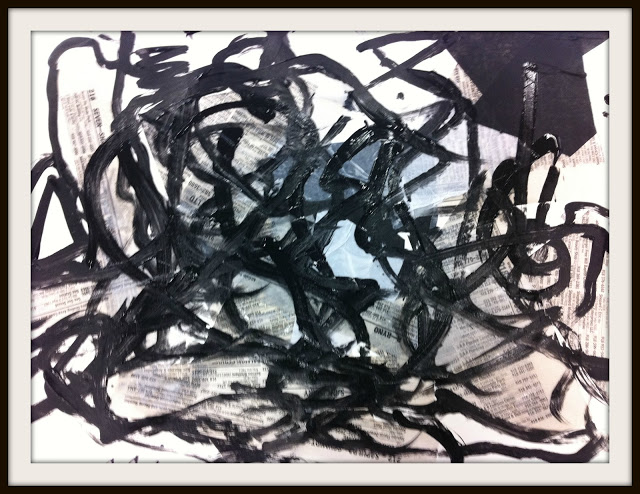
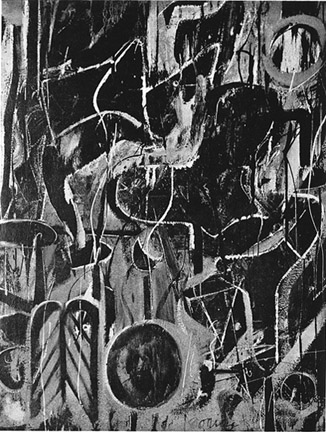
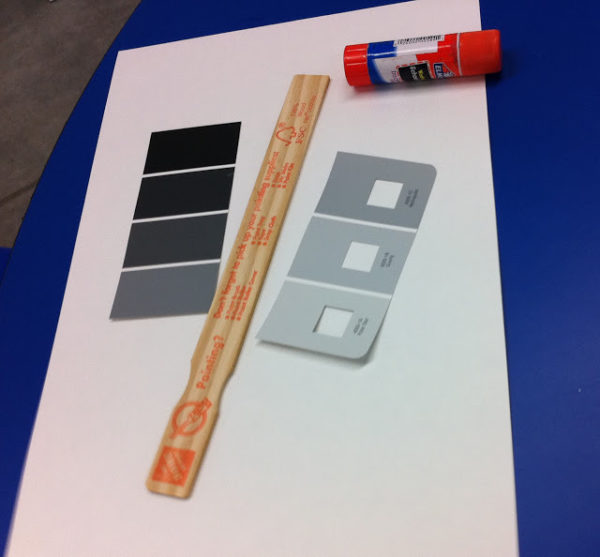
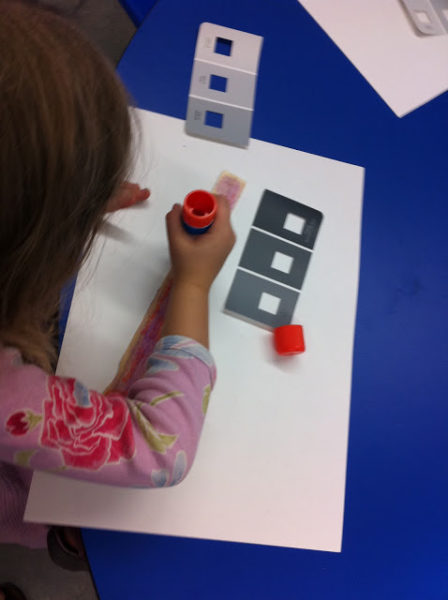
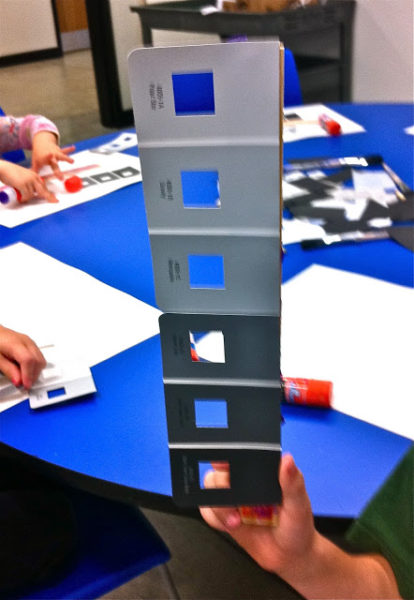
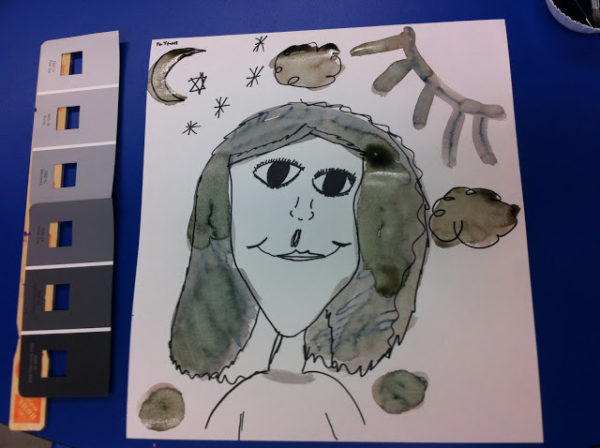
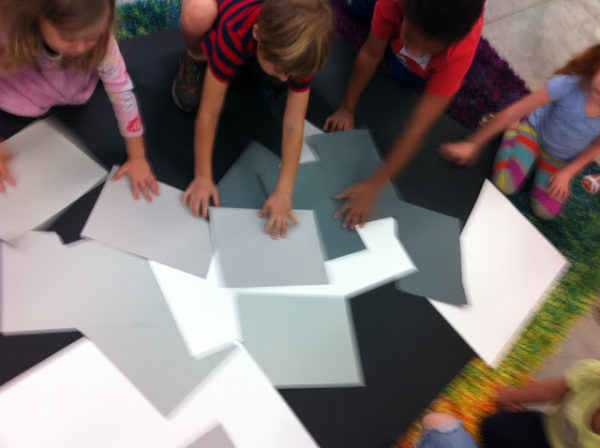
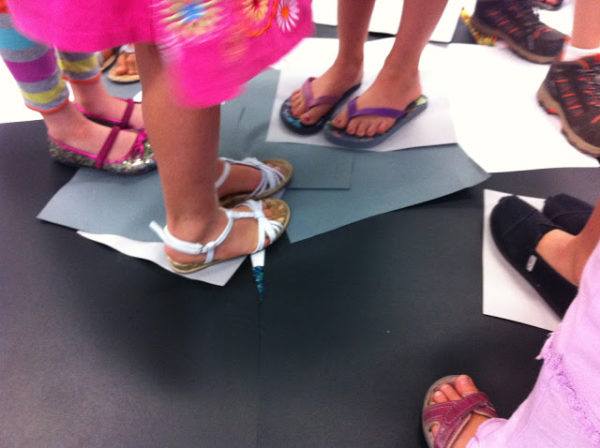

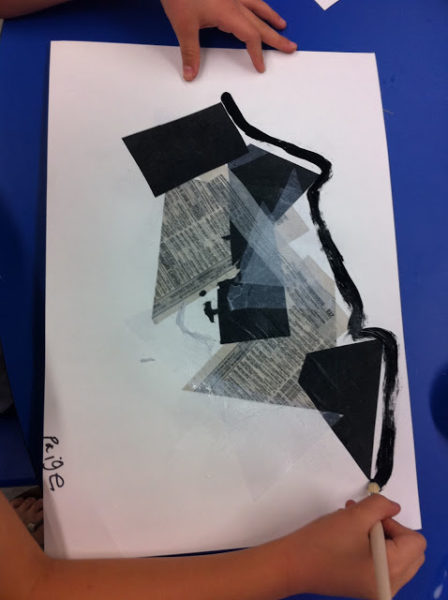
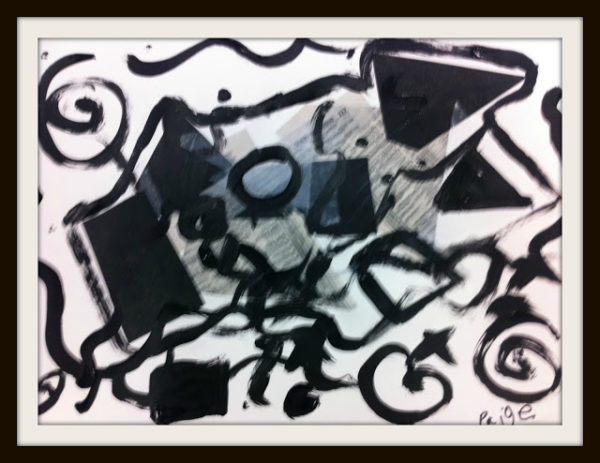
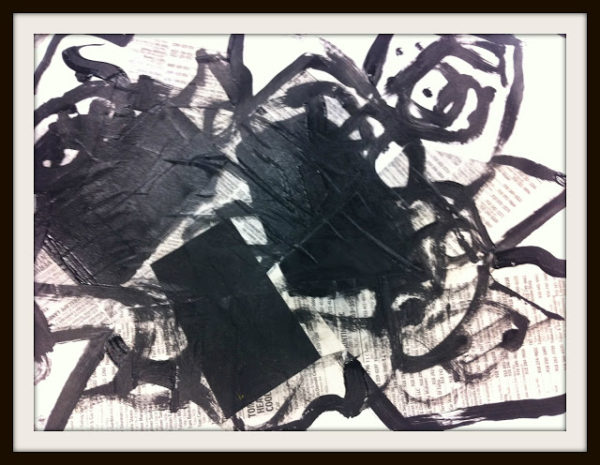
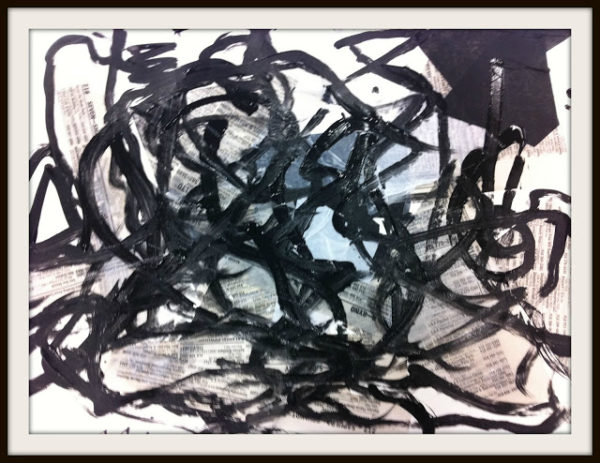
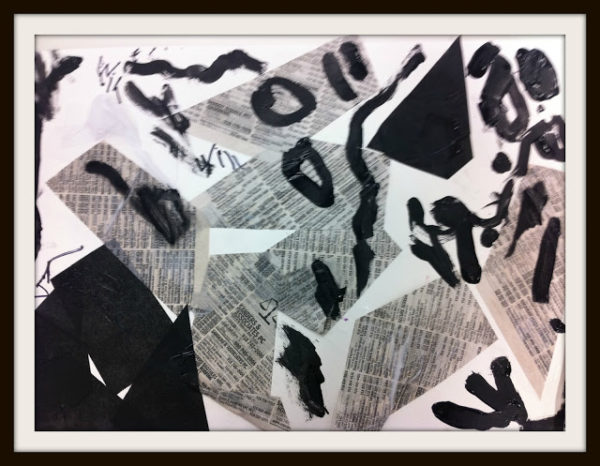


Love it Sally!
So fun! Thank you!
This comment has been removed by a blog administrator.
Sally
This is absolutely fabulous x2!
Love the paint chip gray scales and LOVE the de Kooning project.
So glad I found your blog – I’m a new follower!
Rina
Yay! So glad you found me! Welcome!!!
These are wonderful! What a well-rounded lesson, too!